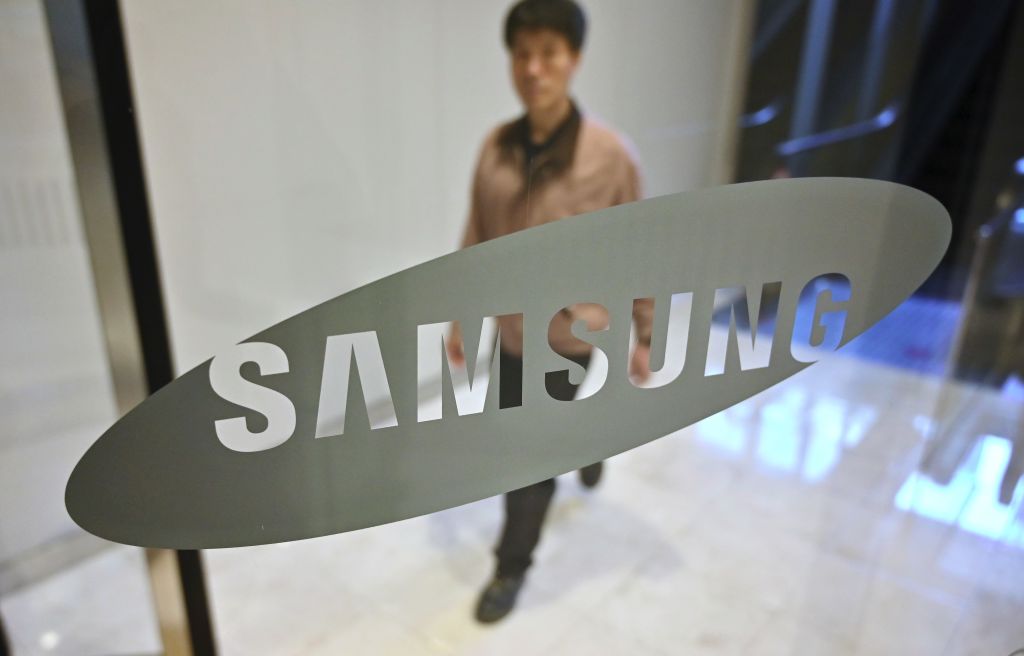Samsung Unveils Next-Gen Memory for AI and Data CentersSamsung Unveils Next-Gen Memory for AI and Data Centers
The chips promise to double speeds and offer the biggest capacity yet to keep pace with the growth of data centers and artificial intelligence demands.
March 25, 2021

Sohee Kim (Bloomberg) -- Samsung Electronics Co. will release a new generation of memory chips in late 2021, its first in seven years, that promises to double speeds and offer the biggest capacity yet to keep pace with the growth of data centers and artificial intelligence demands.
The world’s largest memory chipmaker said it developed 512GB DDR5 (Double Data Rate 5) memory modules based on a High-K Metal Gate (HKMG) fabrication process that’s traditionally been used in logic chips. DDR5 memory will be twice as fast as the current DDR4 while reducing leakage and using about 13% less power, the company wrote in its announcement.
Samsung expects the transition to DDR5 to begin in the second half of this year. The chip industry has been anticipating the adoption of the new memory standard and support for it will arrive with Intel Corp.’s upcoming Xeon Scalable processors, codenamed Sapphire Rapids. In addition to partnering with the two major CPU suppliers, Intel and Advanced Micro Devices Inc., Samsung has sent samples of its new memory out to developers of data center platforms, the company told Bloomberg News.
What Bloomberg Intelligence says
“We will have a new DRAM generation in late 2021 or 2022 for the first time in 6-7 years. Higher speed, lower power consumption and higher reliability should enable advanced high-performance computing in the coming AI era.”
- Masahiro Wakasugi, analyst
Analysts estimate DDR5 chips will be about 20% larger than DDR4 parts, leading to increased pressure on semiconductor supply chains. Samsung intends to begin shipments this year and gradually evolve both its fabrication processes -- expanding the use of extreme ultraviolet lithography -- and pricing, which will include a premium for the early period. The crossover between DDR4 and DDR5 is expected to happen as early as the second half of 2023, the Suwon-based company said.
“As the penetration rate of DDR5 gradually rises, the shortage of DRAM is expected to persist in 2022,” said Avril Wu, Vice President at TrendForce Research. “We also expect a 30-40% price hike to take place initially.”
About the Author
You May Also Like









